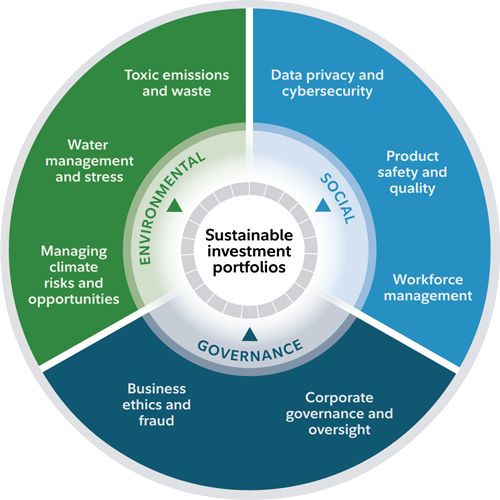Welcome to SUSTAINABLE BUSINESS CONSULTING

In an era marked by climate urgency and social transformation, investors are increasingly seeking to harmonize their financial goals with their ethical principles. Sustainable investing isn’t just about avoiding harm—it’s a dynamic approach that leverages environmental, social, and governance (ESG) factors to drive long-term value while contributing to global well-being. Below, we explore five actionable strategies investors can use to build a portfolio that reflects their commitment to sustainability.
Negative screening is the foundation of many sustainable portfolios. This strategy involves excluding companies or sectors that conflict with an investor’s values or pose significant ESG risks. Commonly excluded industries include fossil fuels, tobacco, firearms, and firms embroiled in controversies like human rights violations. For example, an investor might avoid coal producers due to their environmental impact and regulatory risks as the world transitions to cleaner energy. By removing these entities, investors reduce exposure to sectors facing public backlash or obsolescence.
Instead of focusing on exclusions, positive screening identifies companies excelling in sustainability. Investors might select firms with high ESG ratings, strong labor practices, or innovative clean technologies. For instance, a renewable energy company leading in solar innovation could be prioritized for its alignment with climate goals. Tools like ESG scoring systems (e.g., MSCI or Sustainalytics) help quantify these traits, enabling investors to build portfolios weighted toward sustainability champions.
ESG integration combines traditional financial metrics with sustainability insights to uncover risks and opportunities. A company with robust water management practices, for example, may be better positioned to thrive in drought-prone regions, offering a competitive edge. Index providers are increasingly creating “Smart Sustainability” indexes that adjust company weightings based on ESG criteria alongside factors like volatility or dividends. This approach ensures sustainability isn’t an afterthought but a core driver of investment decisions.
Shareholders have a powerful tool: their voice. Engagement involves dialoguing with company leadership and using voting rights to push for improved ESG practices. Imagine an investor urging a retailer to reduce plastic waste or a manufacturer to enhance supply chain transparency. By holding firms accountable, investors can mitigate risks and foster long-term value creation, proving that stewardship and profitability can go hand in hand.
For those seeking direct impact, thematic investing channels capital into sectors addressing specific sustainability issues. Themes might include clean energy, circular economies, or healthcare access. The UN Sustainable Development Goals (SDGs)—a set of 17 objectives like affordable clean energy and gender equality—provide a popular framework. Investing in a green infrastructure fund or a gender diversity ETF allows investors to align portfolios with causes they care about while tapping into growth areas.
Sustainable investing is not one-size-fits-all. Investors might start with negative screening to avoid harmful industries, then layer in thematic funds focused on renewable energy. Others may prioritize engagement to reshape corporate behavior. The key is to begin with clear goals—whether avoiding risk, driving impact, or capitalizing on green innovation—and adapt as the market evolves.
By embracing these strategies, investors can align their portfolios with a healthier planet and a more equitable society, proving that doing good and doing well are not mutually exclusive. Ready to take the leap? Start small, stay informed, and consider consulting a financial advisor to tailor these approaches to your vision.
Contact Form